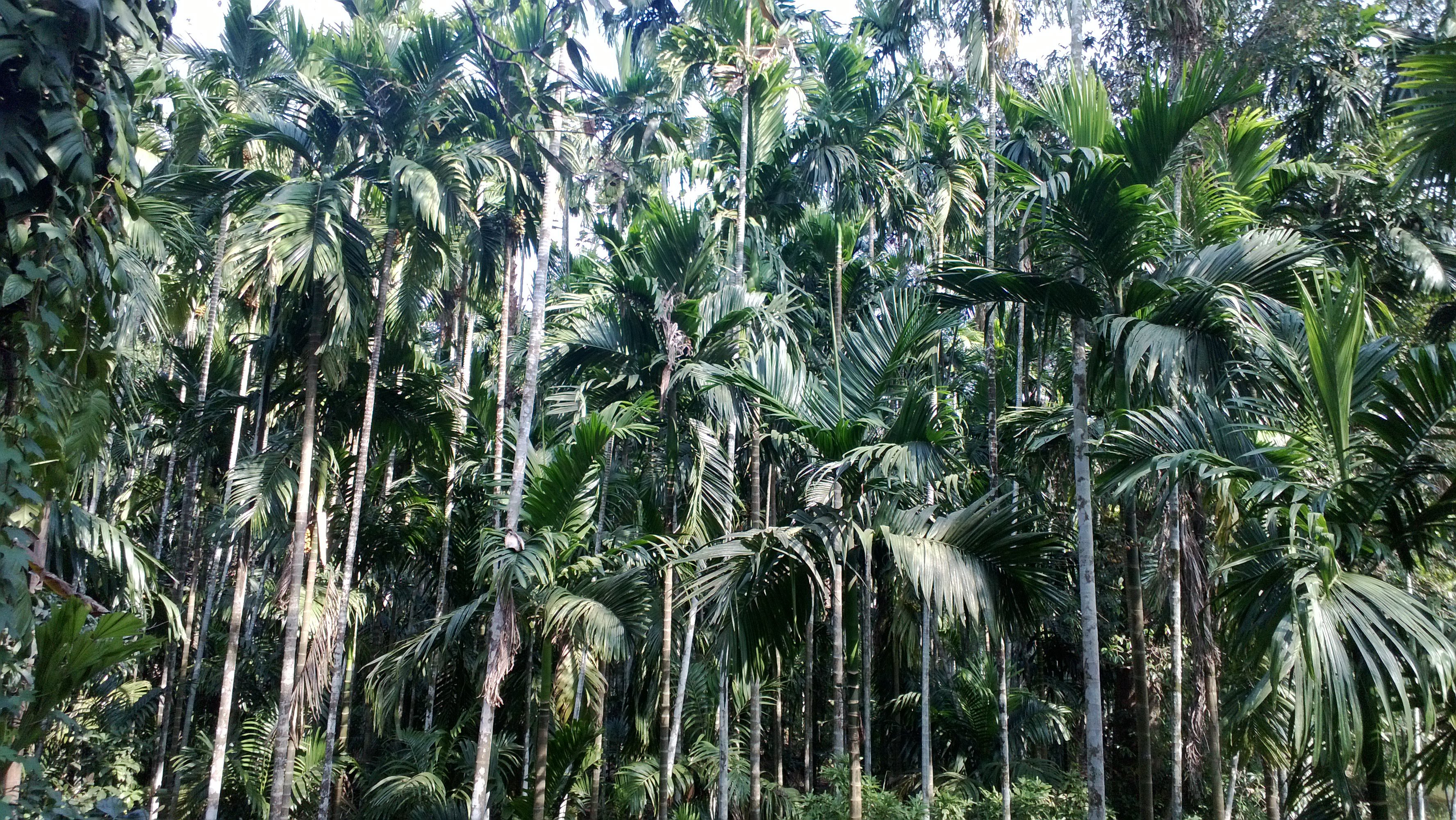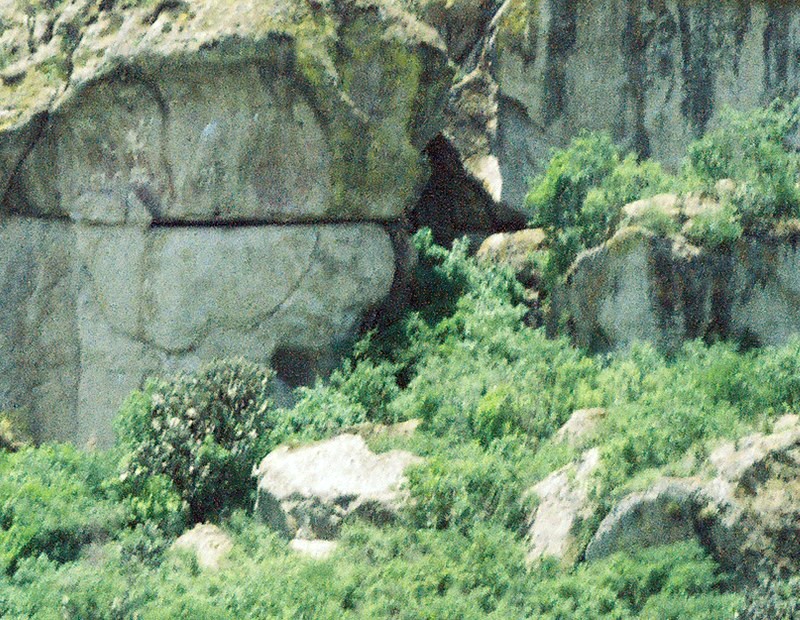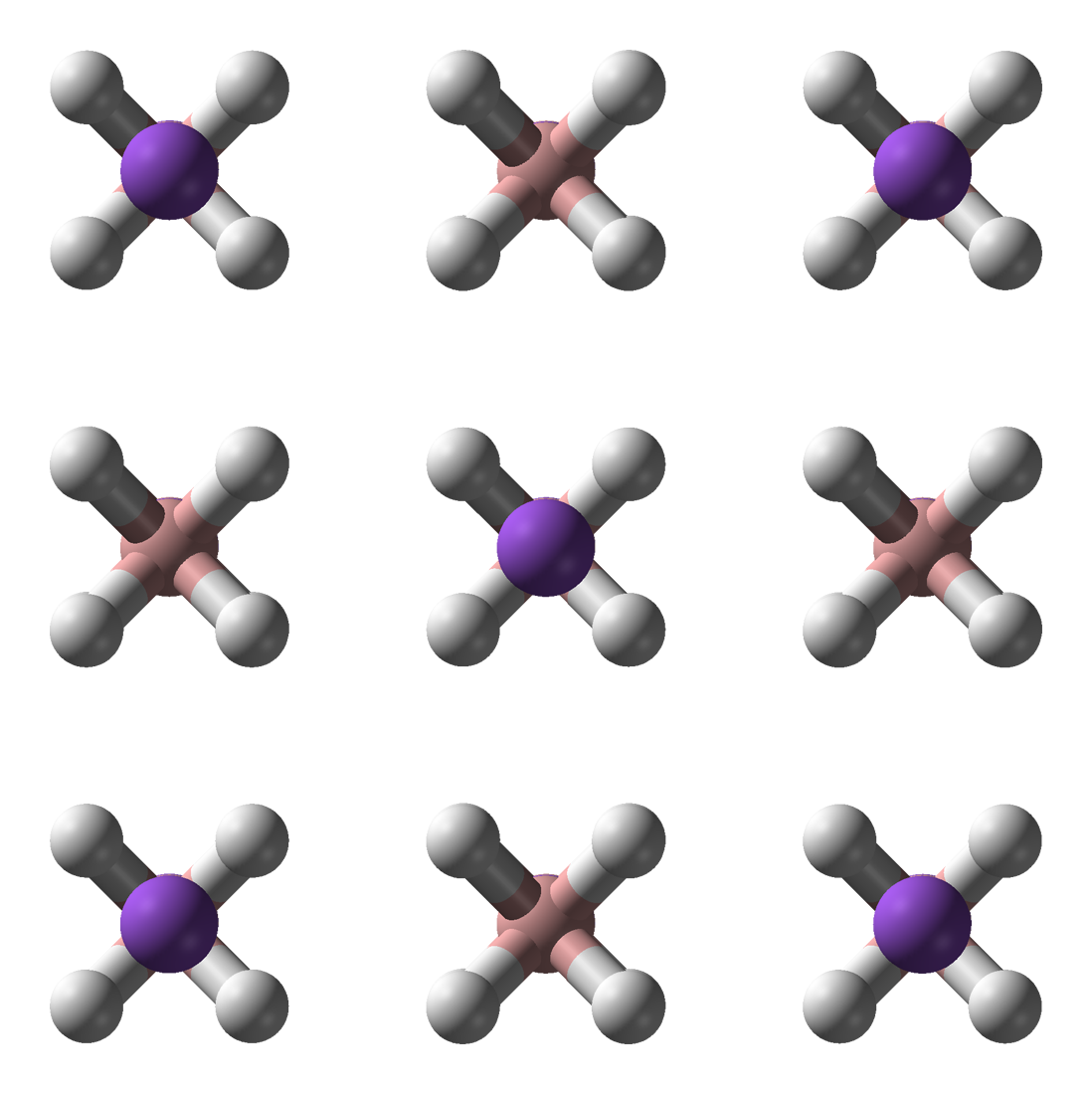|
Cis-3,4-leucopelargonidin
Leucopelargonidin is a colorless chemical compound related to leucoanthocyanins. It can be found in ''Albizia lebbeck'' (East Indian walnut), in the fruit of ''Anacardium occidentale'' (Cashew), in the fruit of ''Areca catechu'' (Areca nut), in the fruit of '' Hydnocarpus wightiana'' (Hindi Chaulmoogra), in the rhizome of ''Rumex hymenosepalus'' (Arizona dock), in ''Zea mays'' (Corn) and in ''Ziziphus jujuba'' (Chinese date). (+)-Leucopelargonidin can be synthesized from (+)-aromadendrin by sodium borohydride reduction. Metabolism Dihydrokaempferol 4-reductase In enzymology, a dihydrokaempferol 4-reductase () is an enzyme that catalyzes the chemical reaction :cis-3,4- leucopelargonidin + NADP+ \rightleftharpoons (+)- dihydrokaempferol + NADPH + H+ Thus, the two substrates of this enzyme are cis-3, ... uses ''cis''-3,4-leucopelargonidin and NADP+ to produce (+)-aromadendrin, NADPH, and H+. Leucoanthocyanidin reductase transforms ''cis''-3,4-leucopelargonidin into afzele ... [...More Info...] [...Related Items...] OR: [Wikipedia] [Google] [Baidu] |
Dihydrokaempferol 4-reductase
In enzymology, a dihydrokaempferol 4-reductase () is an enzyme that catalyzes the chemical reaction :cis-3,4- leucopelargonidin + NADP+ \rightleftharpoons (+)- dihydrokaempferol + NADPH + H+ Thus, the two substrates of this enzyme are cis-3,4-leucopelargonidin and NADP+, whereas its 3 products are (+)-dihydrokaempferol, NADPH, and H+. This enzyme belongs to the family of oxidoreductases, specifically those acting on the CH-OH group of donor with NAD+ or NADP+ as acceptor. The systematic name of this enzyme class is cis-3,4-leucopelargonidin:NADP+ 4-oxidoreductase. Other names in common use include dihydroflavanol 4-reductase (DFR), dihydromyricetin reductase, NADPH-dihydromyricetin reductase, and dihydroquercetin reductase. This enzyme participates in flavonoid biosynthesis. Function Anthocyanidins, common plant pigments, are further reduced by the enzyme dihydroflavonol 4-reductase (DFR) to the corresponding colorless leucoanthocyanidins. DFR uses dihydromyric ... [...More Info...] [...Related Items...] OR: [Wikipedia] [Google] [Baidu] |
Afzelechin
Afzelechin is a flavan-3-ol, a type of flavonoid. It can be found in ''Bergenia ligulata'' ( ''Paashaanbhed'' in Ayurveda traditional Indian medicine). It exists as at least 2 major epimers (afzelechin and epi-afzelechin). Metabolism (2R,3S)-catechin:NADP+ 4-oxidoreductase transforms cis-3,4-leucopelargonidin into afzelechin. Glycosides Arthromerin A ( afzelechin-3-O-β-D-xylopyranoside) and arthromerin B ( afzelechin-3-O-β-D-glucopyranoside) are afzelechin glycosides isolated from the roots of the fern '' Arthromeris mairei''. (+)-afzelechin-O-β-4'-D-glucopyranoside can be isolated from the rhizomes of the fern '' Selliguea feei''. Proanthocyanidins ; dimers Afzelechin-(4alpha→8)-afzelechin (molecular formula : C30H26O10, molar mass : 546.52 g/mol, exact mass : 546.152597, CAS number : 101339-37-1, Pubchem CID : 12395) is a B type proanthocyanidin. Ent-epiafzelechin-3-O-p-hydroxybenzoate-(4α→8,2α→O→7)-epiafzelechin) is an A-type proanthocyanidin found in apri ... [...More Info...] [...Related Items...] OR: [Wikipedia] [Google] [Baidu] |
Leucoanthocyanin
Leucoanthocyanidin (flavan-3,4-diols) are colorless chemical compounds related to anthocyanidins and anthocyanins. Leucoanthocyanins can be found in ''Anadenanthera peregrina'' and in several species of ''Nepenthes'' including '' N. burbidgeae'', '' N. muluensis'', '' N. rajah'', '' N. tentaculata'', and '' N. × alisaputrana''. Such compounds include: * Leucocyanidin * Leucodelphinidin * Leucofisetinidin * Leucomalvidin * Leucopelargonidin * Leucopeonidin * Leucorobinetinidin * Melacacidin * Teracacidin from ''Acacia obtusifolia'' and ''Acacia maidenii'' heartwoods Leucoanthocyanidins have been demonstrated to be intermediates in anthocyanidin biosynthesis in flowers of ''Matthiola incana''. Bate-smith recommended in 1954 the use of the Forestal solvent for the isolation of leuco-anthocyanins. Metabolism Leucoanthocyanidin dioxygenase uses flavan-3,4-diols to produce 3-hydroxyanthocyanidins. The gene encoding the enzyme (PpLDOX) has been identif ... [...More Info...] [...Related Items...] OR: [Wikipedia] [Google] [Baidu] |
Albizia Lebbeck
''Albizia lebbeck'' is a species of '' Albizia'', native to Indomalaya, New Guinea and Northern AustraliaUSDA (1994) and widely cultivated and naturalised in other tropical and subtropical regions. English names for it include Sirisa, Siris, lebbeck, lebbek tree, flea tree, frywood, koko and woman's tongue tree. The latter name is a play on the sound the seeds make as they rattle inside the pods. Being one of the most widespread and common species of ''Albizia'' worldwide, it is often simply called siris or Sirisa though this name may refer to any locally common member of the genus. Description It is a tree growing to a height of 18–30 m tall with a trunk 50 cm to 1 m in diameter. The leaves are bipinnate, 7.5–15 cm long, with one to four pairs of pinnae, each pinna with 6–18 leaflets. The flowers are white, with numerous 2.5–3.8 cm long stamens, and very fragrant. The fruit is a pod 15–30 cm long and 2.5-5.0 cm broad, containing six to ... [...More Info...] [...Related Items...] OR: [Wikipedia] [Google] [Baidu] |
Anacardium Occidentale
The cashew tree (''Anacardium occidentale'') is a tropical evergreen tree native to South America in the genus '' Anacardium'' that produces the cashew seed and the cashew apple accessory fruit. The tree can grow as tall as , but the dwarf cultivars, growing up to , prove more profitable, with earlier maturity and greater yields. The cashew seed is commonly considered a snack nut (cashew nut) eaten on its own, used in recipes, or processed into cashew cheese or cashew butter. Like the tree, the nut is often simply called a cashew. Cashew allergies are triggered by the proteins found in tree nuts, and cooking often does not remove or change these proteins. In 2019, four million tonnes of cashew nuts were produced globally, with Ivory Coast and India as the leading producers. As well as the nut and fruit, the plant has several other uses. The shell of the cashew seed yields derivatives that can be used in many applications including lubricants, waterproofing, paints, and, star ... [...More Info...] [...Related Items...] OR: [Wikipedia] [Google] [Baidu] |
Areca Catechu
''Areca catechu'' is a species of palm which grows in much of the tropical Pacific, Asia, and parts of east Africa. The palm is believed to have originated in the Philippines, but is widespread in cultivation and is considered naturalized in southern China ( Guangxi, Hainan, Yunnan), Taiwan, India, Bangladesh, the Maldives, Sri Lanka, Cambodia, Laos, Thailand, Vietnam, Malaysia, Indonesia, New Guinea, many of the islands in the Pacific Ocean, and also in the West Indies. Common names in English include areca palm, areca nut palm, betel palm, betel nut palm, Indian nut, Pinang palm and catechu. In English this palm is called the betel tree because its fruit, the areca nut, is often chewed along with the betel leaf, a leaf from a vine of the family Piperaceae. Characteristics Growth ''Areca catechu'' is a medium-sized palm tree, growing straight to tall, with a trunk in diameter. The leaves are long, pinnate, with numerous, crowded leaflets. Chemical composition The ... [...More Info...] [...Related Items...] OR: [Wikipedia] [Google] [Baidu] |
Hydnocarpus Wightiana
''Hydnocarpus wightianus'' or chaulmoogra is a tree in the Achariaceae family. ''Hydnocarpus wightiana'' seed oil has been widely used in traditional Indian medicine, especially in Ayurveda, and in Chinese traditional medicine for the treatment of leprosy. It entered early Western medicine in the nineteenth century before the era of sulfonamides and other antibiotics for the treatment of several skin diseases and leprosy. The oil was prescribed for leprosy as a mixture suspended in gum or as an emulsion. Common names Common name: Jangli almond * Hindi: कालमोगरा Calmogara, Chalmogra, Chaulmoogra, Jangli badam * Kannada: Chalmogra yenne mara, Mirolhakai, Surti, Suranti, Toratti, Garudaphala * Malayalam: Kodi, Maravatty, Marotti, Nirvatta, Nirvetti * Marathi: Kadu Kawath * Sanskrit: Tuvaraka, Turveraka, Tuvrak, कुष्टवैरी Kushtavairi * Tamil: Maravetti, Maravattai, Marotti * Telugu: Niradi-vittulu Habitat In India: It grows in tropical forests al ... [...More Info...] [...Related Items...] OR: [Wikipedia] [Google] [Baidu] |
Rumex Hymenosepalus
''Rumex hymenosepalus'', commonly known as canaigre, canaigre dock, ganagra, wild rhubarb, Arizona dock, and tanner's dock, is a perennial flowering plant which is native to the North American deserts in the southwestern United States and northern Mexico. It is a common food plant of the ruddy copper larvae. Uses It has been cultivated in the southwestern United States for the roots, a good source of tannin, which is used in leather tanning. It also yields a warm, medium brown dye. The leaves and leaf stalks are considered edible when young, the older leaf stalks cooked and eaten like rhubarb, which is in the same plant family. Taxonomy ''Rumex hymenosepalus'' was first described by American botanist John Torrey John Torrey (August 15, 1796 – March 10, 1873) was an American botanist, chemist, and physician. Throughout much of his career, he was a teacher of chemistry, often at multiple universities, while he also pursued botanical work, focusing on ... in the Report ... [...More Info...] [...Related Items...] OR: [Wikipedia] [Google] [Baidu] |
Zea Mays
Maize ( ; ''Zea mays'' subsp. ''mays'', from es, maíz after tnq, mahiz), also known as corn ( North American and Australian English), is a cereal grain first domesticated by indigenous peoples in southern Mexico about 10,000 years ago. The leafy stalk of the plant produces pollen inflorescences (or "tassels") and separate ovuliferous inflorescences called ears that when fertilized yield kernels or seeds, which are fruits. The term ''maize'' is preferred in formal, scientific, and international usage as a common name because it refers specifically to this one grain, unlike ''corn'', which has a complex variety of meanings that vary by context and geographic region. Maize has become a staple food in many parts of the world, with the total production of maize surpassing that of wheat or rice. In addition to being consumed directly by humans (often in the form of masa), maize is also used for corn ethanol, animal feed and other maize products, such as corn starch a ... [...More Info...] [...Related Items...] OR: [Wikipedia] [Google] [Baidu] |
Ziziphus Jujuba
Jujube (), sometimes jujuba, known by the scientific name ''Ziziphus jujuba'' and also called red date, Chinese date, and Chinese jujube, is a species in the genus '' Ziziphus'' in the buckthorn family Rhamnaceae. Description It is a small deciduous tree or shrub reaching a height of , usually with thorny branches. The leaves are shiny-green, ovate-acute, long and wide, with three conspicuous veins at the base, and a finely toothed margin. The flowers are small, wide, with five inconspicuous yellowish-green petals. The fruit is an edible oval drupe deep; when immature it is smooth-green, with the consistency and taste of an apple with lower acidity, maturing brown to purplish-black, and eventually wrinkled, looking like a small date. There is a single hard kernel, similar to an olive pit, containing two seeds. Chemistry Leaves contain saponin and ziziphin, which suppresses the ability to perceive sweet taste. Flavinoids found in the fruits include Kaempferol ... [...More Info...] [...Related Items...] OR: [Wikipedia] [Google] [Baidu] |
Aromadendrin
Aromadendrin (aromodendrin or dihydrokaempferol) is a flavanonol, a type of flavonoid. It can be found in the wood of '' Pinus sibirica''. Metabolism The enzyme dihydrokaempferol 4-reductase uses ''cis''-3,4-leucopelargonidin and NADP+ to produce (+)-aromadendrin, NADPH, and H+. Glycosides (2''R'',3''R'')-''trans''-Aromadendrin-7-''O''-''beta''-D-glucopyranoside-6′′-(4′′′-hydroxy-2′′′-methylene butanoate) is an acylated glucoside of aromadendrin isolated from the stem bark of ''Afzelia bella'' (Fabaceae). Phellamurin is the 8- prenyl 7- glucoside derivative of aromadendrin. Chemistry (+)-Leucopelargonidin, (2''R'',3''S'',4''R'')-3,4,5,7,4'-pentahydroxyflavan, can be synthesized from (+)-aromadendrin by sodium borohydride Sodium borohydride, also known as sodium tetrahydridoborate and sodium tetrahydroborate, is an inorganic compound with the formula Na BH4. This white solid, usually encountered as an aqueous basic solution ... [...More Info...] [...Related Items...] OR: [Wikipedia] [Google] [Baidu] |
Sodium Borohydride
Sodium borohydride, also known as sodium tetrahydridoborate and sodium tetrahydroborate, is an inorganic compound with the formula Na BH4. This white solid, usually encountered as an aqueous basic solution, is a reducing agent that finds application in papermaking and dye industries. It is also used as a reagent in organic synthesis. The compound was discovered in the 1940s by H. I. Schlesinger, who led a team seeking volatile uranium compounds.Hermann I Schlesinger and Herbert C Brown (1945)Preparation of alkali metal compounds. US Patent 2461661. Granted on 1949-02-15; expired on 1966-02-15. Results of this wartime research were declassified and published in 1953. Properties The compound is soluble in alcohols, certain ethers, and water, although it slowly hydrolyzes. Sodium borohydride is an odorless white to gray-white microcrystalline powder that often forms lumps. It can be purified by recrystallization from warm (50 °C) diglyme. Sodium borohydride is soluble ... [...More Info...] [...Related Items...] OR: [Wikipedia] [Google] [Baidu] |



